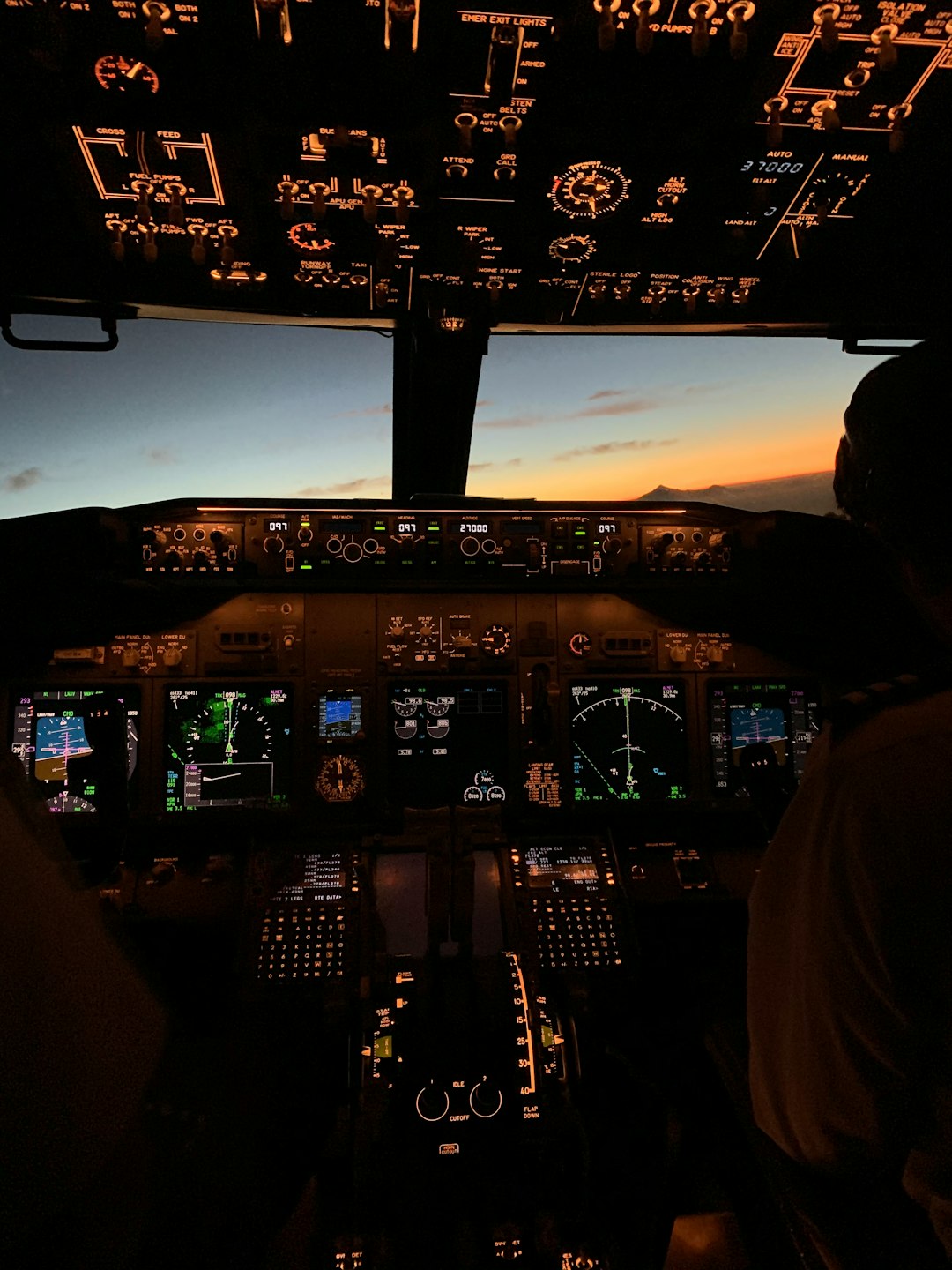The aviation world is undergoing a digital transformation, and with open data platforms like the OpenSky Network API, hobbyists, researchers, and developers now have unprecedented access to live and historical flight data. This has sparked a wave of fascinating projects that combine aircraft tracking with machine learning, data visualization, and advanced analytics. Whether you’re looking to build an app, conduct research, or simply understand global air traffic patterns, the OpenSky API is an invaluable tool.
To help you unlock its potential, here are the top seven project ideas you can create in 2025 using the OpenSky Network API:
1. Real-time Flight Tracker Dashboard
This is the classic project to start with, especially if you’re new to working with the OpenSky Network. Using real-time data from aircraft across the globe, you can build an interactive dashboard that displays airplane positions on a world map. Incorporate live updates, filtering by airline or flight path, and even show speed and altitude metrics.
- Technologies: JavaScript, Leaflet/OpenLayers, WebSockets
- OpenSky Features Used:
states/allendpoint for live aircraft states
To take it further, you can add historical playback functionality, letting users see air traffic patterns for any point in time. It’s a powerful visual tool that’s useful for both aviation enthusiasts and educational purposes.
2. Airport Congestion Predictor
This project focuses on analytics: identifying how busy an airport is currently or predicting how busy it will get. By collecting flight arrival and departure data from the OpenSky Network, you can build a machine learning model to forecast congestion trends for major airports.
- Technologies: Python, pandas, scikit-learn, Flask
- OpenSky Features Used:
flights/arrivalandflights/departure
Use this data to build a visual interface that color codes major airports based on expected traffic. Airlines and travelers alike can benefit from this by better anticipating delays and planning accordingly.
3. Eco Impact Analyzer for Air Traffic
With climate change a growing concern, this project gives a green twist to aviation data. Use the OpenSky API data combined with engine emissions models to estimate the environmental footprint of flights in a region or time window. Calculate CO2 emissions based on aircraft type, altitude changes, and flight duration.
You can also visualize this with different colored flight routes on a globe, based on their relative emissions. Add comparisons between routes or aircraft to guide more eco-conscious aviation decisions.

- Technologies: Python, GeoPandas, Plotly, emission modeling APIs
- OpenSky Features Used:
states/all, aircraft metadata
4. No-Fly Zone Intrusion Alert System
This is a great security-focused project. Governments and institutions with restricted airspaces need prompt alerts for potential intrusions. You can develop a geofencing system that uses the OpenSky live data feed to detect aircraft entering defined ‘no-fly zones’ such as airports, military bases, or sensitive areas.
Set up automated alerts via SMS or dashboard notifications whenever an aircraft breaches the boundary. Add a scoring system to prioritize alerts based on aircraft type and altitude.
- Technologies: Node.js, WebSocket streams, Twilio (for alerts)
- OpenSky Features Used:
states/allin real-time, combined with static map data
5. Flight Delay Analysis for Airlines
Airlines can improve operational efficiency by understanding the real causes behind delays. This project uses OpenSky historical flight data to analyze late departures and arrivals for a given airline and develops a trend analysis over weeks or months.
You can build dashboards displaying delay percentages per hour or day, compare aircraft models, or identify problematic routes.
- Technologies: Python, Matplotlib, Tableau, SQL
- OpenSky Features Used:
flights/aircraft, time-series analytics
6. Flight Path Optimization Tool
This advanced project merges simulation, optimization algorithms, and live tracking. By analyzing the flight paths of aircraft over specific corridors, you can identify routing inefficiencies. Use weather or wind data (via other APIs) to suggest optimized routes that save time and fuel.
Pilots and airline operations teams could benefit from such tools. You can even simulate the impact of optimized routes on fuel consumption or air traffic density.

- Technologies: Python, optimization libraries (e.g., PuLP or OR-Tools), external weather APIs
- OpenSky Features Used:
tracks/allandflights/route
7. Augmented Reality Aircraft Tracker App
This is one of the most exciting consumer-friendly applications you can build. Using OpenSky’s real-time data along with AR frameworks, build an app where users can point their phones at the sky to identify aircraft flying overhead. The app would use the phone’s GPS and compass to query nearby aircraft and overlay flight info onto the screen in real time.
This type of application is perfect for aviation enthusiasts or educational demonstrations on how air traffic flows above our heads.
- Technologies: Swift (iOS), ARKit, GPS APIs, OpenSky REST API
- OpenSky Features Used:
states/ownand trajectory endpoints
Conclusion
The possibilities with the OpenSky Network API are vast, and 2025 is the perfect time to start building something innovative. Whether you’re a data researcher analyzing historical flights or a developer building real-time applications, OpenSky gives you a transparent window into the skies. As open aviation data becomes more refined and popular, the skill to use APIs like OpenSky will be increasingly valuable across education, research, logistics, and emerging tech sectors.
So, pick an idea or two from this list, dive into the documentation, and start building your next high-flying project today!




